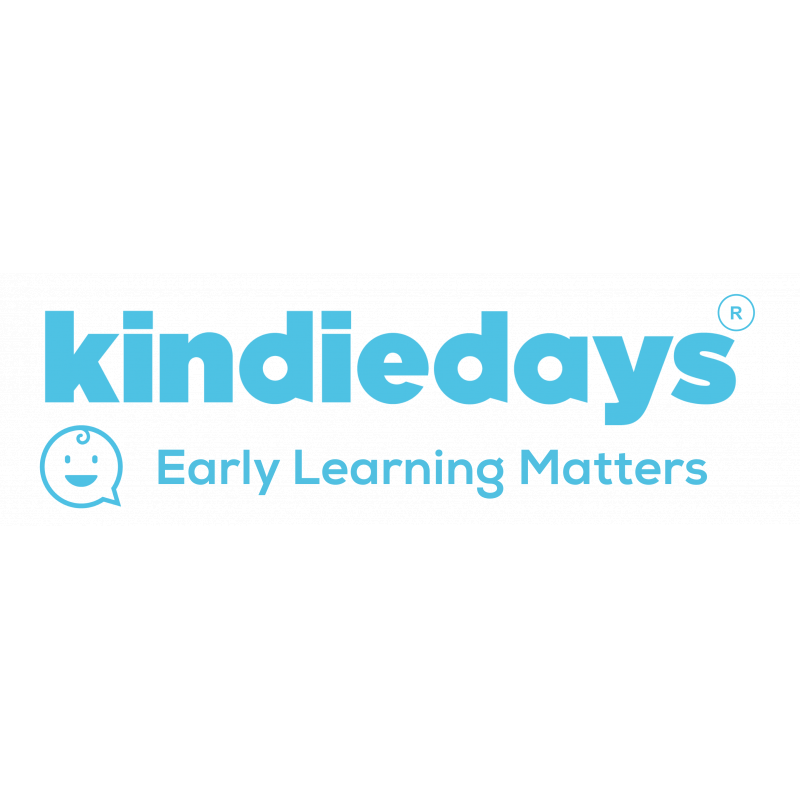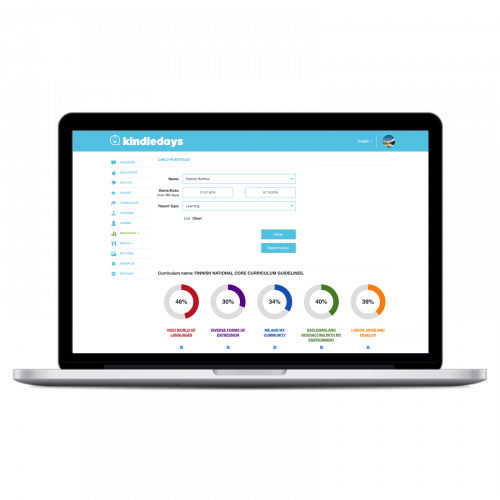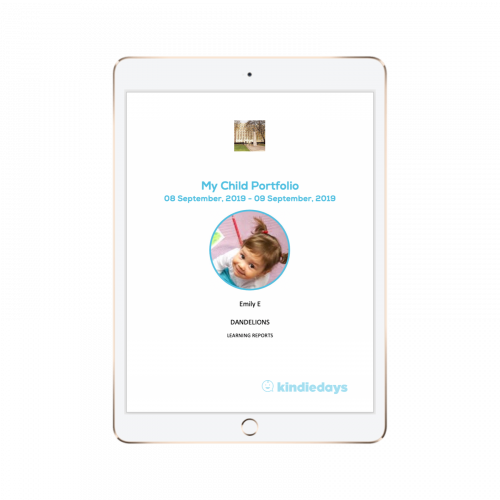
Kindiedays
Kindiedays supports the formative assessment of children’s individual learning paths in early education. Educators plan, implement and follow children’s individual learning efficiently. Learning moments can be connected to preinstalled pedagogical objectives of the Finnish or other curriculum of their choice. Families are engaged via e-portfolios. Automatic reports about children’s learning can be exported. Managers follow and develop the learning in the whole center based on data and guarantee that the pedagogy provided is of the highest quality.
Kindiedays helps educators, families and children collaborate in all daily activities related to the learning and wellbeing of the children.
The pedagogical analysis covers how the product supports learning of the identified skills. The student’s role is assessed by four contrary pair parameters, which are selected to cover the most essential aspects on the use of the product.
The following are the high educational quality aspects in this product.
The supported learning goals are identified by matching the product with several relevant curricula descriptions on this subject area. The soft skills are definitions of learning goals most relevant for the 21st century. They are formed by taking a reference from different definitions of 21st century skills and Finnish curriculum.







User reviews for Kindiedays
You need to log in to post a review.